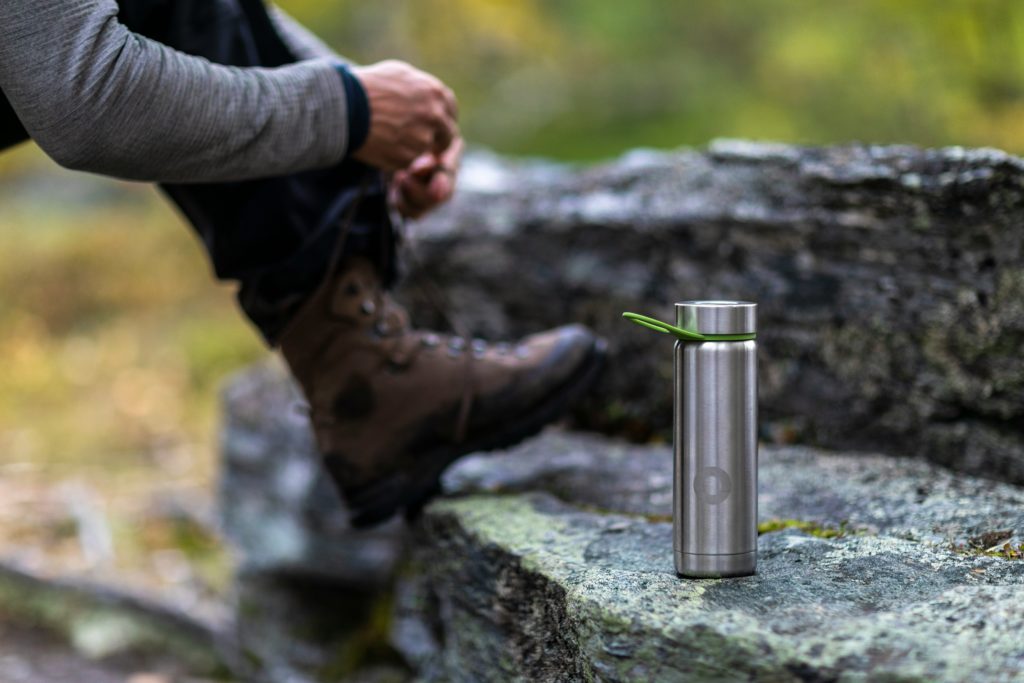Embarking on an extensive hiking expedition can be an incredibly fulfilling and rejuvenating experience. However, the toll it takes on your body requires thoughtful recovery to ensure you bounce back stronger and are ready for the next adventure. In this extensive guide, we will delve into the essential steps to achieve complete recovery, exploring in-depth strategies to nurture your muscles, joints, and overall well-being.
Hydration: The Foundation of Recovery
Recovery begins with hydration. After an intense hike, your body is likely dehydrated, emphasizing the critical need to replenish lost fluids. Start by rehydrating with water or opt for electrolyte-rich beverages to restore balance. Water plays a pivotal role in muscle recovery, aiding temperature regulation and toxin elimination. Consider alternatives like coconut water or sports drinks to replenish electrolytes lost through sweat.
Nutrition: Fueling Your Recovery
Refueling your body with the right nutrients is paramount to a successful recovery. Post-hike, indulge in a well-balanced meal that combines carbohydrates to replenish glycogen stores, proteins for muscle repair, and healthy fats for sustained energy. Whole foods such as lean proteins, fruits, vegetables, and complex carbohydrates offer the ideal mix to aid recovery and fortify your immune system.
Stretching and Cool Down: Unleashing Tension
A proper cool-down is crucial for recovery. Engage in a comprehensive stretching routine to alleviate muscle tension and enhance flexibility. Target major muscle groups, including legs, hips, and lower back. Dynamic stretches during your cool down boost blood flow, reducing the risk of stiffness. Yoga poses like downward dog, cobra, and child’s pose are excellent for simultaneously targeting multiple muscle groups.
Ice and Heat Therapy: Soothing Sore Muscles
Combat soreness with a combination of ice and heat therapy. Apply ice packs to inflamed areas within the first 24-48 hours post-hike to minimize swelling. Transition to heat therapy, using warm compresses or indulging in hot baths, to encourage blood flow, relax muscles, and alleviate residual discomfort.
Rest and Sleep: The Power of Recovery
Allow your body the time it needs to recover by incorporating sufficient rest into your post-hike routine. Aim for 7-9 hours of quality sleep each night to facilitate muscle repair and overall well-being. Consider taking a day or two off from intense physical activity to grant your body the necessary respite for full recuperation.
Foam Rolling and Massage: Tending to Tight Muscles
Invest in a foam roller or seek professional massage services to release tension in tight muscles. Foam rolling, also known as self-myofascial release, enhances flexibility and reduces muscle soreness. A massage, whether from a therapist or a massage tool, improves circulation and accelerates the recovery process.
Stay Active with Gentle Exercise: Balancing Rest and Activity
While rest is vital, incorporating gentle exercises such as walking, swimming, or easy cycling into your routine can aid recovery. These low-impact activities promote blood flow without placing excessive strain on muscles and joints, preventing stiffness and ensuring your body remains in motion.
Conclusion:
Complete recovery from a long hike involves a comprehensive approach encompassing hydration, nutrition, stretching, and rest. By incorporating these recovery strategies into your post-hike routine, you not only expedite the healing process but also set the stage for more successful and enjoyable outdoor adventures. Remember, the key to sustained hiking enjoyment lies in nurturing your body, ensuring it is always ready for the challenges of the next exciting trail.

